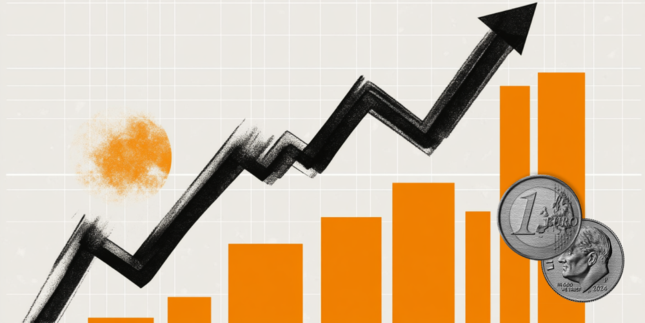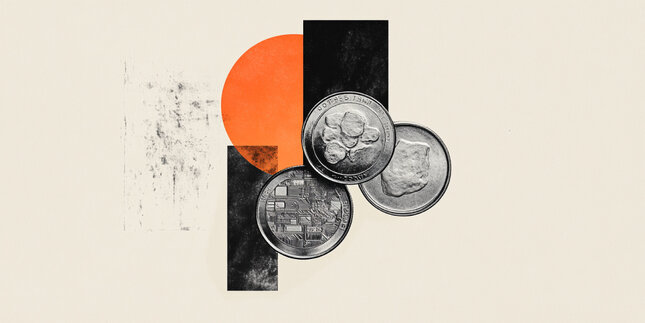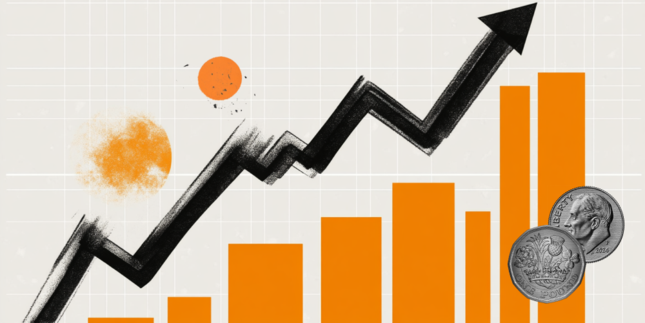Gold Price Forecast: XAU/USD attracts some sellers below $2,950 on profit-taking
- Gold price loses momentum to around $2,925 in Monday’s early Asian session, losing 0.38% on the day.
- Investors take profits from Gold after reaching the previous session's record high.
- Fears of a global trade war sparked by Trump might keep demand for the safe-haven elevated.
Gold price (XAU/USD) drifts lower to near $2,925 during the Asian trading hours on Monday. The precious metal eases from a record high on profit-taking. However, the uncertainty and concerns over US President Donald Trump's tariff plans might cap the downside for Gold price.
The yellow metal faces some selling pressure after retreating from an all-time high of $2,954 last week. "It's just a classical movement of new all-time highs and profit-taking... (but) the fundamentals for gold remain solid," said Alex Ebkarian, chief operating officer at Allegiance Gold.
The uncertainties surrounding global economic growth and political instability have underscored investor appetite for bullion. Last week, Trump said that he will announce new tariffs within the next month, adding lumber and forest products to previously announced plans to impose duties on imported cars, semiconductors and pharmaceuticals.
“Ongoing trade tensions continue to stoke inflation and growth concerns, and therefore safe-haven interest in gold,” said Peter Grant, vice president and senior metals strategist at Zaner Metals.
On the other hand, Minutes of the Federal Reserve’s (Fed) January meeting released last week showed that Trump’s initial policy proposals had stoked concerns over rising inflation, reinforcing the Fed’s stance to hold off on further rate cuts. This, in turn, could lift the Greenback and weigh on the USD-denominated commodity price in the near term.
Gold FAQs
Gold has played a key role in human’s history as it has been widely used as a store of value and medium of exchange. Currently, apart from its shine and usage for jewelry, the precious metal is widely seen as a safe-haven asset, meaning that it is considered a good investment during turbulent times. Gold is also widely seen as a hedge against inflation and against depreciating currencies as it doesn’t rely on any specific issuer or government.
Central banks are the biggest Gold holders. In their aim to support their currencies in turbulent times, central banks tend to diversify their reserves and buy Gold to improve the perceived strength of the economy and the currency. High Gold reserves can be a source of trust for a country’s solvency. Central banks added 1,136 tonnes of Gold worth around $70 billion to their reserves in 2022, according to data from the World Gold Council. This is the highest yearly purchase since records began. Central banks from emerging economies such as China, India and Turkey are quickly increasing their Gold reserves.
Gold has an inverse correlation with the US Dollar and US Treasuries, which are both major reserve and safe-haven assets. When the Dollar depreciates, Gold tends to rise, enabling investors and central banks to diversify their assets in turbulent times. Gold is also inversely correlated with risk assets. A rally in the stock market tends to weaken Gold price, while sell-offs in riskier markets tend to favor the precious metal.
The price can move due to a wide range of factors. Geopolitical instability or fears of a deep recession can quickly make Gold price escalate due to its safe-haven status. As a yield-less asset, Gold tends to rise with lower interest rates, while higher cost of money usually weighs down on the yellow metal. Still, most moves depend on how the US Dollar (USD) behaves as the asset is priced in dollars (XAU/USD). A strong Dollar tends to keep the price of Gold controlled, whereas a weaker Dollar is likely to push Gold prices up.
Forex News
Keep up with the financial markets, know what's happening and what is affecting the markets with our latest market updates. Analyze market movers, trends and build your trading strategies accordingly.





















